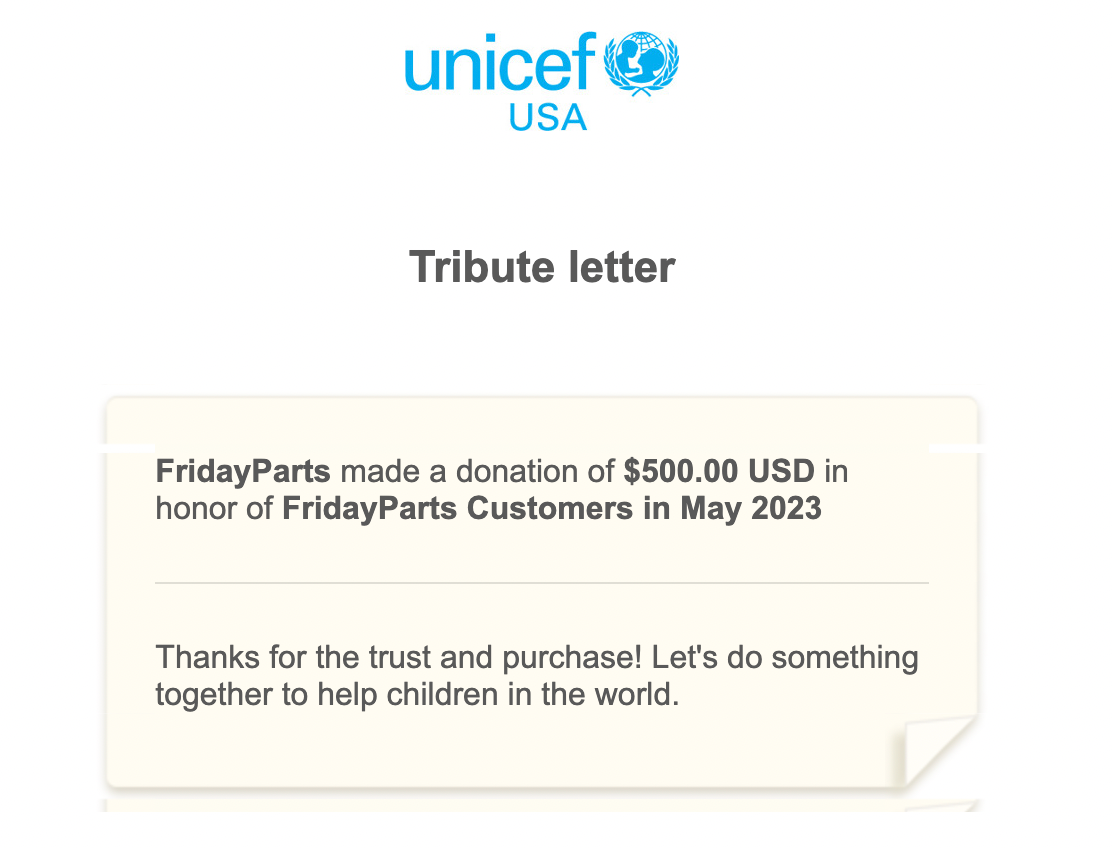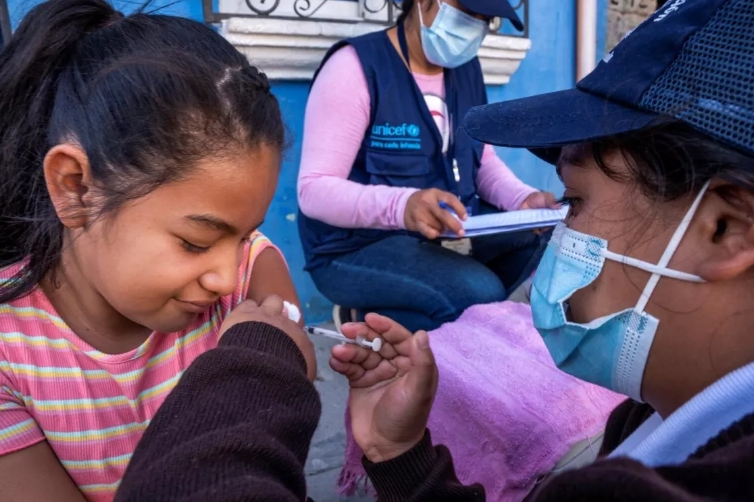We are dedicated to giving back to our community and are proud to announce that in June 2023, we will be donating $500 to a charity of our customers’ choice. We express our gratitude to our customers for their continued support and for helping us make a difference in the lives of those in need. We look forward to seeing the impact that this donation will have and will continue to donate each month as a token of our appreciation. Together, we can make a positive change in the world and create a better future for many.
This month we want to share an article from UNICEF- Cholera is endangering children globally.
Cholera doesn’t know borders. Despite being preventable and easily treatable, children continue to suffer from the potentially fatal disease. After years of steady decline, cholera has made a devastating comeback. More than 1.1 billion people are at risk, with children under 5 especially vulnerable. The intestinal infection often spreads because of a lack of clean water and sanitation facilities. Children living in volatile and unstable communities are particularly at risk. Thankfully, vaccines and treatments are available. UNICEF is working to make sure that these provisions reach the children that need them the most. The goal is to make sure that by 2030 cholera is no longer a threat to public health. Here’s what you need to know about cholera and the efforts to eliminate the disease.
What is cholera?
Cholera is an intestinal infection. It’s caused by ingestion of food or water that’s contaminated with the bacterium Vibrio cholerae. Researchers conservatively estimate that every year, there are as many as 4 million cholera cases globally and as many as 143,000 deaths. Young children, especially those under the age of 5, bear the brunt of the disease. Furthermore, malnourished children are more vulnerable to experiencing severe symptoms. Cholera is a preventable and easily treatable disease.
What makes a country cholera-endemic?
A cholera-endemic area is where cases have been detected during the past 3 years, and there’s evidence that it was caused by local transmission, rather than being imported from elsewhere. Meanwhile, a cholera outbreak (epidemic) can occur in countries where cholera does not regularly occur or in endemic countries.
How does cholera spread?
Cholera disproportionately affects the world’s poorest and most vulnerable communities. A lack of access to clean water and sanitation facilities is closely linked to an increased likelihood of cholera transmission. That means that children who are living in urban slums and camps for internally displaced people or refugees are particularly vulnerable. That’s because the minimum requirements of clean water and sanitation are sometimes not met. Poor water management, increased poverty and conflicts make safe water more and more scarce. Between 2010 and 2021, almost all cholera cases – 97 per cent – were seen in countries with the lowest levels of water and sanitation services.
Climate change also contributes to the spread of cholera. Significant rainfall and flooding, which is becoming more frequent, results in an intensified water cycle. That in turn affects access to clean water in communities already vulnerable to these events. Consequently, families and their children often rely on unsafe water, which exposes them to greater risk of contracting the water-borne disease.
If a child is infected with cholera, what are the symptoms?
Most children infected with cholera will have no or mild symptoms, and through the use of oral rehydration solution, they can be successfully treated. But if left untreated, the disease can kill within hours. Severe cases of cholera require rapid treatment with intravenous fluids and antibiotics.
After ingesting contaminated food or water, it can take between 12 hours to 5 days before a child begins to show symptoms. The bacteria remain in the faeces for up to 10 days after infection and is shared back into the ecosystem, which could lead to other people potentially being infected. Cholera can cause acute watery diarrhoea with severe dehydration, which can prove to be fatal. When experiencing diarrhoea, infants and children are at greater risk of dehydration compared to adults, and more so if they are malnourished.
How is cholera treated?
If infected with cholera, most children can be treated successfully through the quick administration of oral rehydration solution (ORS), which is a mixture of salt and sugar. UNICEF and the World Health Organization distribute sachets of this solution that need to be dissolved in clean water.
Learn more details about FridayParts global care program: https://www.fridayparts.com/fridayparts-global-care-program
Learn more about UNICEF: https://www.unicef.org/








Leave A Comment